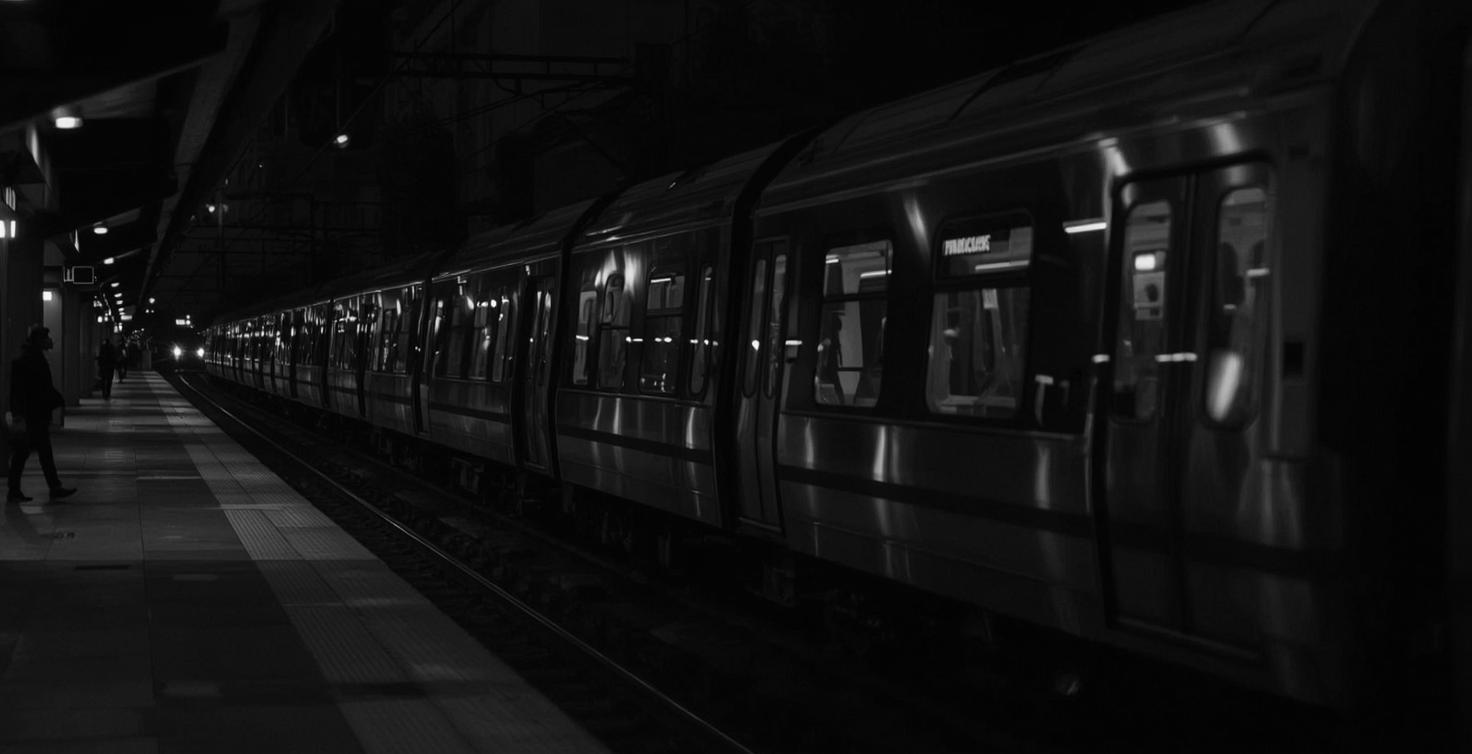As Congress wrestles with a government shutdown and the looming expiration of the Infrastructure Investment and Jobs Act (IIJA), the impact and ripple effects are already reaching city halls and transit agencies nationwide. What began as a political and fiscal standoff in Washington is now slowing the flow of infrastructure dollars to the local level, just as governments face mounting operational and budgetary strain.
In the past week, the White House paused $2.1 billion in Chicago infrastructure funding, halting progress on the city’s Red Line extension and Red/Purple modernization projects. In New York City, roughly $18 billion in transit investments, including the Hudson Tunnel and Second Avenue Subway extension, have also been frozen pending federal review.
The timing is especially consequential. The IIJA, a major source of support for state and local transportation systems, is set to expire next year. While debate over a successor package is underway, budget gridlock and partisan divisions have clouded prospects for renewal. Many cities and transit agencies worry that even if an extension passes, delays in disbursement or shifting federal priorities could leave critical projects stranded midstream.
Across the country, local governments are already feeling pressure. In Dallas-Fort Worth, the region’s largest transit provider, DART, is preparing for service reductions and fare increases amid disputes with suburban member cities over cost sharing. Some local leaders have proposed redirecting a portion of their contributions toward local projects, a step opponents caution could worsen inequities in one of the country’s fastest-growing metro areas.
Elsewhere, officials are pursuing long-term solutions by linking housing and transit policy. Chicago’s recent zoning reforms and California’s SB 79 both aim to encourage multifamily development near high-capacity transit lines. These measures mirror a growing effort by state and local governments arguing that affordability and mobility are closely connected.
The current wave of policy shifts and funding freezes highlights how fragile the nation’s infrastructure pipeline has become. Years of design, permitting, and coordination can be disrupted by federal administrative action, leaving local governments to navigate the fallout. While some cities are advancing structural reforms, linking housing and transit, rethinking zoning, and pursuing denser, more connected growth, these efforts are unfolding amid continued federal uncertainty and fiscal constraint.
